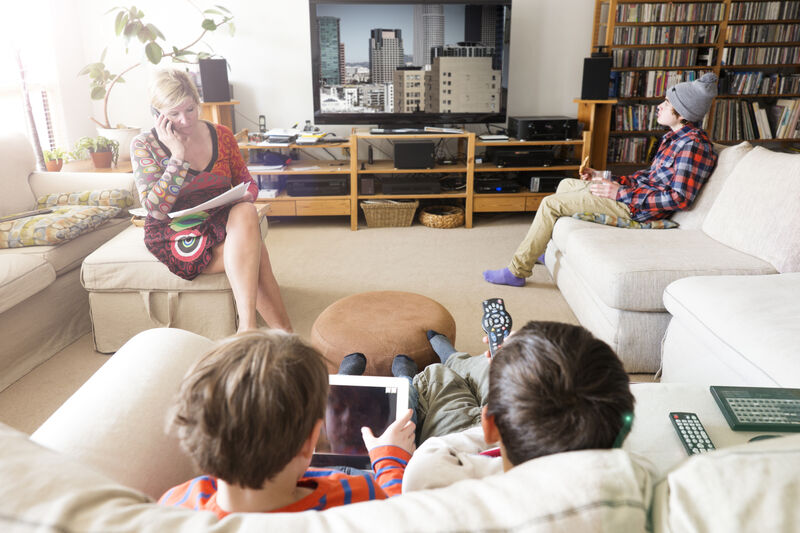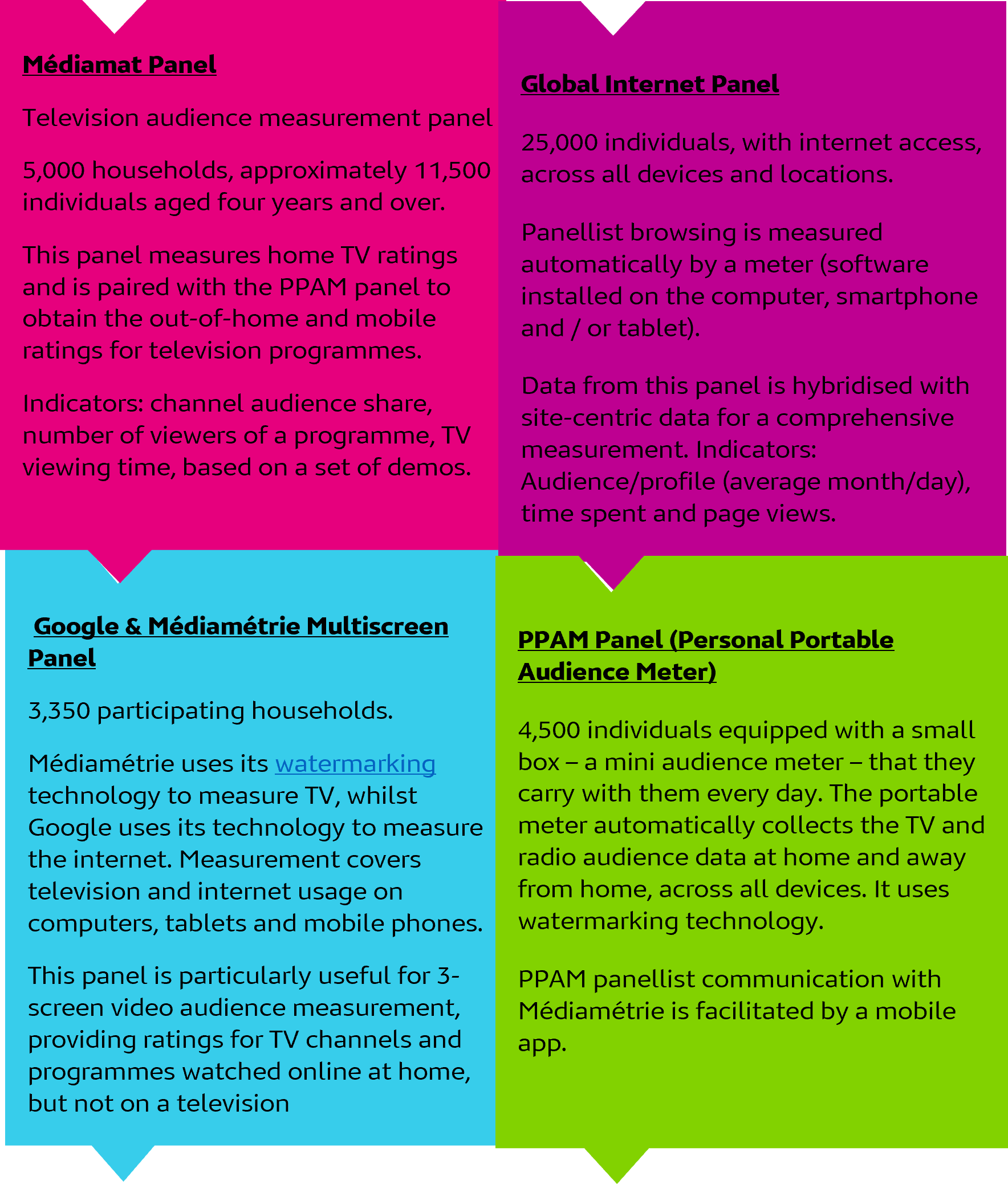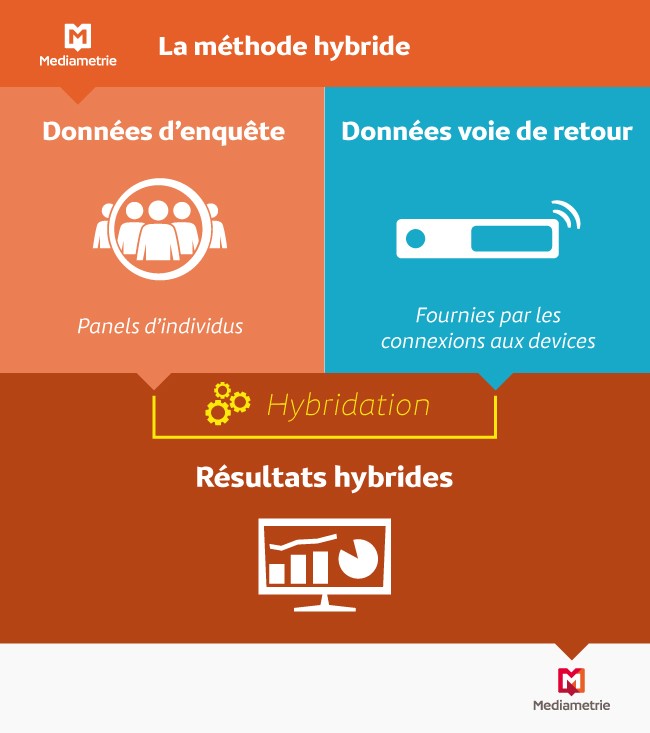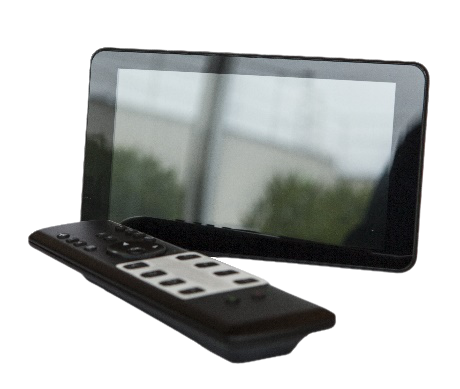Panels – the bedrock of audience measurement

Estimated reading time: 5 min 22
At Médiamétrie, representative panels of individuals – be they viewers, listeners or internet users – are the cornerstone of audience measurement. In the age of Big Data, panels have an even more crucial role to play since they provide invaluable insights into the profile of media audiences, as well as a reflection of a market as a whole. Médiamétrie has developed innovative statistical methods to combine all of these data. Médiamétrie coordinates over 60,000 panellists to deliver the standard audience measurement across television, radio and internet in France. How does it work?
What is the purpose of a representative panel for media?
At Médiamétrie, panels are representative samples of the French population based on socio-demographic criteria and audio-visual equipment ownership. The research institute collects their audience data over an extended time period.
Audience data for the panel is either collected continuously or at regular intervals for the same study. In this way, panels allow us to track the same individuals over time, and see the changes in their media behaviour based on a set of factors. Panels reflect the behaviours of an entire market, due to their representative constitution, an increasingly important aspect given the fragmentation of offers and behaviours.
In audience measurement, panels help to describe the audience profiles for TV or radio channels and programmes, as well as websites. Who watched or listened to a particular show? Who browsed a particular website or app? This information is key both to the editorial process – to assess the public’s interest in a programme or piece of content – and to advertisers, since audience is the basic currency for selling media advertising space.
Panels provide indicators, for example, the total number of viewers / listeners / internet users for a target on a TV channel / radio station / website or programme. They also furnish data on viewing time / time spent over a given period. For an advertising campaign, we obtain the number of contacts achieved for a series of devices.
By tracking over time, panels provide invaluable information about audience loyalty and engagement, as well as audience transfers. They help us analyse audience listening behaviours.
Audience measurement panels at Médiamétrie
Médiamétrie manages and coordinates more than 60,000 panellists every day! These men and women living in mainland France participate in television, radio and internet audience measurements.
Médiamétrie's four established panels operating with automatic measurement are: Médiamat, Global Internet panel, Personal Portable Audience Measurement panel (PPAM) and the Google & Médiamétrie multiscreen panel.

Médiamétrie has developed the use and combination of multiple sources in its audience measurements, known as measurement hybridisation. In this way, Médiamétrie combines panel data with so-called “return path” data derived from the counts on smart devices. In internet audience measurement, this is webpage download data obtained by tagging the websites and applications. Television audience projects are based on multimedia box connection data. The latter provides very accurate information on the volume of consumption, for a more complete audience picture. However, it does not provide any information on audience profiles. Therefore, they are used as a complement to the profile information obtained through the panels. These hybrid systems will continue to develop, becoming more sophisticated and building on the strengths of both sources.

Management and coordination of panels
Médiamétrie's teams in charge of panel management constantly monitor the panels in order to maintain representativeness and a high-quality statistical and technological operation.
Panel management revolves around several phases: panellist recruitment, installation and technical set-up, panellist relationship management, and lastly, participant coordination.
The first phase in panel management is member recruitment. To construct the panels, the teams at Médiamétrie rely on quotas calculated by their Data Science Department using official INSEE statistics and Médiamétrie framing studies, based on criteria of gender, age, socio-professional category, household composition, and ownership of audio-visual equipment.
Once the panellist has agreed to participate, they will sign an agreement with Médiamétrie that includes reciprocal commitments. On Médiamétrie's part, these commitments relate to the processing of the panellist's data, in accordance with the General Data Protection Regulation. As regards the panellist, they commit to the proper conduct of audience measurement and to keeping their participation in the panel confidential. Panellists do not have to commit to a long-term participation and are free to leave the panel at any time.
For the Médiamat panel and the Google & Médiamétrie multiscreen panel, Médiamétrie's mobile technicians visit the panellist homes to install people meters and routers, as well as to remind participants of the golden rules. A direct link then exists between the panellist household and Médiamétrie.

Teams are in constant contact with the panellists on a daily basis, much like a customer service department: answering questions, providing after-sales care, monitoring the loyalty programme (rewards are issued as gift vouchers), and running competitions and prize draws throughout the year. A good level of communication is maintained between Médiamétrie and the panellists through newsletters, videos and articles which keep the community well-informed. Understanding the challenges of audience measurement, panellists and Médiamétrie share a bond and they are proud of their contributions. As evidenced in the March 2021 panellist satisfaction barometer: 98.7% were happy to participate in the panel, 98.5% had a good impression of Médiamétrie and in general, they valued their relationship with the Médiamétrie teams.
Médiamétrie's teams also ensure that panellists are contributing properly to the audience measurement. Daily checks are carried out on the collected data from panellists in order to detect any potential anomaly. If there is any doubt as to the integrity and quality of the data collected, it will be kept out of results calculations and the panellist will be contacted. In addition, Médiamétrie carries out a so-called "coincidental" survey annually for Médiamat to assess the quality of panellist participation at an individual level.
Each year, new households are recruited to replace households that have departed, whether at their behest (gave up, relocated, family problems, etc.), or as determined by Médiamétrie (lack of participation, statistical adjustment, etc.). The participation of a panellist can range from a few weeks to longer than five years; the duration depends on the measurement system and the profile of the individuals.
In the case of all panels, composition is closely monitored so that they remain representative at all times.
"The public health crisis has made the link between Médiamétrie and the panellists even more important. Médiamétrie teams successfully adapted to the panellists' new living conditions and were able to offer them additional support. The health situation also granted panellists greater autonomy to carry out certain actions. The goal of all of these actions was to guarantee quality audience measurement – crucial given that media were serving as a safe haven and an ever more crucial link to the outside world," underlined Cyril Lopes, Panellist Relationship Manager.
Aurélie Vanheuverzwyn, Data Science Director at Médiamétrie, finished by saying: "Since the EU General Data Protection Regulation came into force in May 2018 and in the wake of recent CNIL directives on the use of cookies and other trackers, individual consent is again at the heart of discussions surrounding digital measurement, thus reconfirming the central role of the panels. By using panels together and in combination with Big Data, French media audiences – which are constantly evolving and diversifying – can be measured with greater precision.”
Laure Osmanian Molinero
des médias
edition
definitions